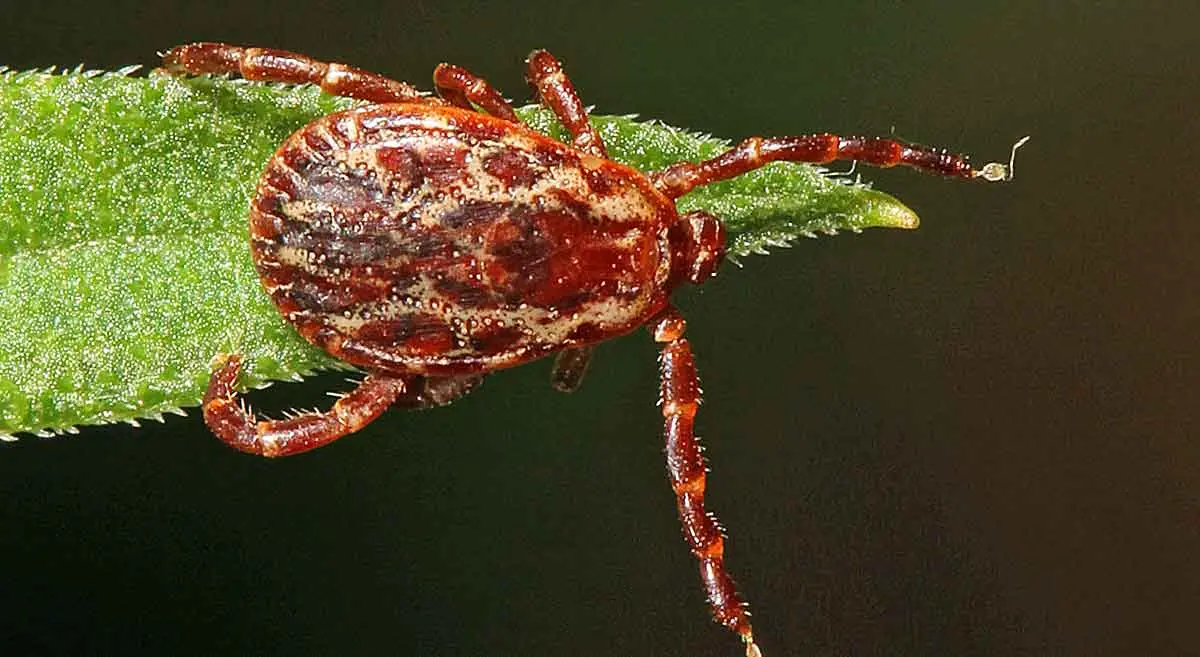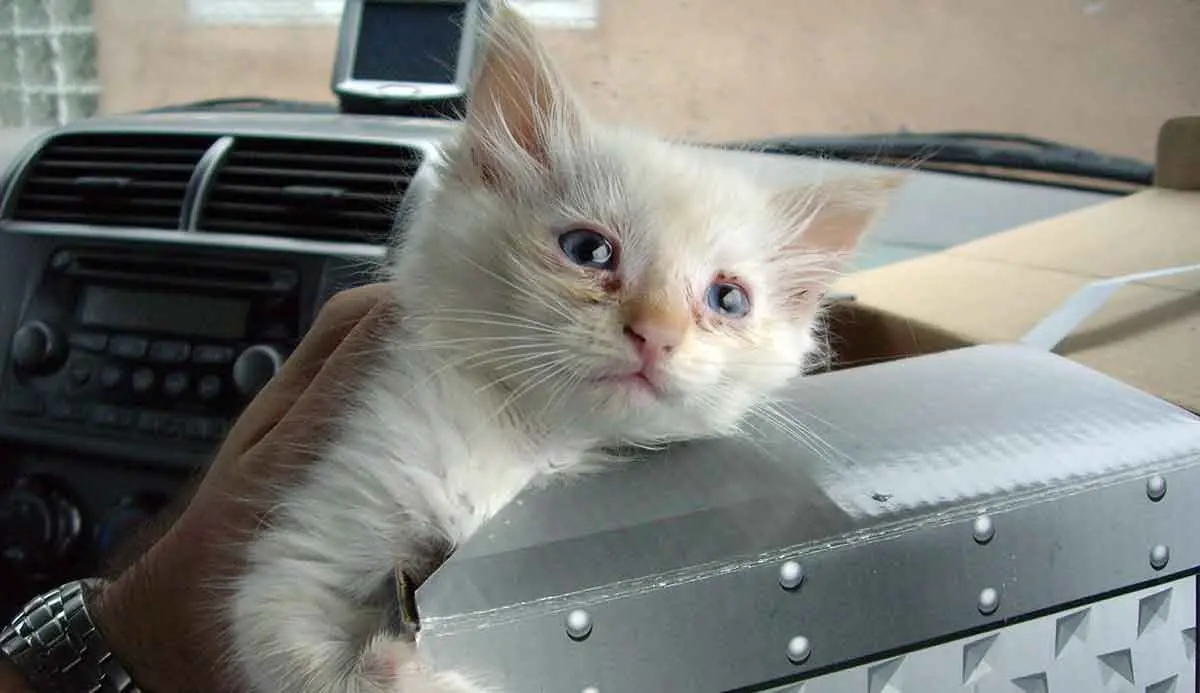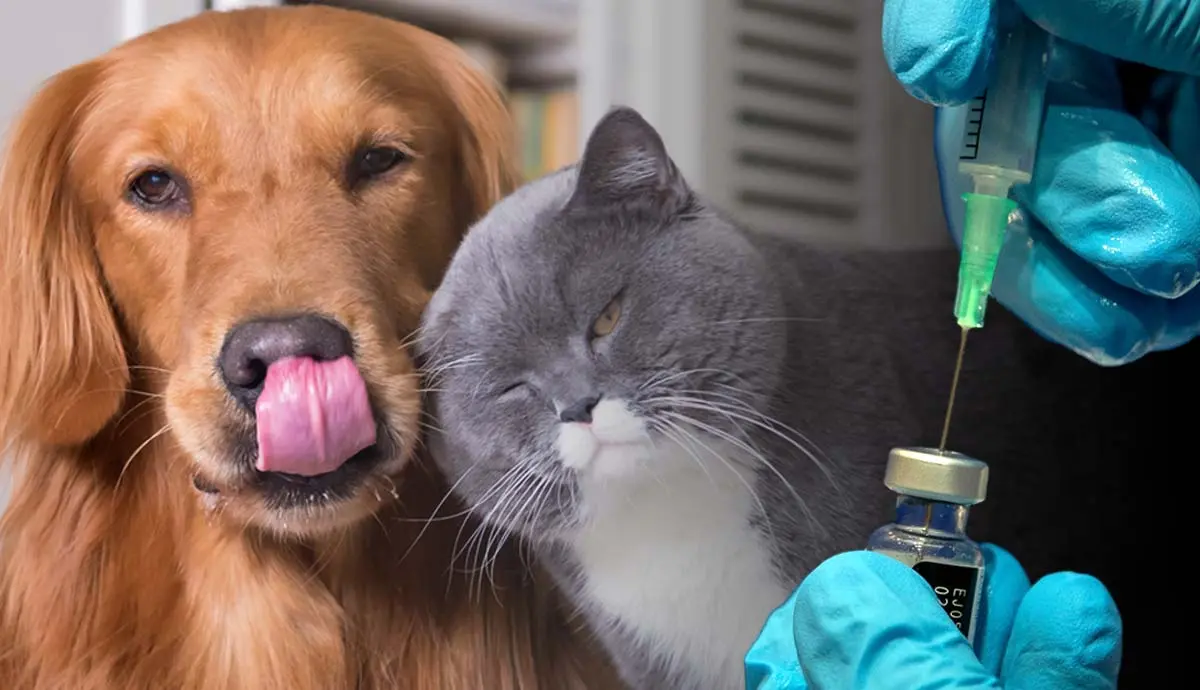Vaccinations are an important part of responsible pet ownership, but the actual risks of not doing it are pretty hidden. Vaccines have done a great job of minimizing issues like rabies outbreaks, so it can be hard to remember why our pets get the poke every year.
This guide explores what core vaccines (and some recommended non-core vaccines) fight against, and why it’s so important to keep your pet’s shots up to date.
Rabies Vaccines

Nearly every state has their own laws and regulations requiring rabies vaccination. The severity of rabies cannot be overstated; the neurological disease attacks the central nervous system and is almost always fatal for animals and humans who do not receive prompt treatment.
Rabies is usually transmitted through the saliva of an infected animal, often via a bite, and it can have an incubation period lasting days to months. Those infected suffer from headaches, excessive drooling, anxiety, hallucinations and fear of water, and paralysis.
The rabies vaccine is usually made very affordable and virtually 100 percent effective.
Canine Distemper, Adenovirus, and Parvovirus

The DHP or DA2P of your dog’s core booster vaccine refers to:
- Distemper
- Hepatitis or Adenovirus-2
- Parvovirus
Canine distemperis an airborne virus that spreads easily in shared spaces. It attacks the respiratory, gastrointestinal, and neurological systems, with early symptoms like a runny nose evolving into neurological issues (like seizures) and eventually death.
There is no cure, and dogs who survive with supportive care usually have permanent damage to their nervous system.
Canine hepatitis (Adenovirus) is a viral infection that causes inflammation of the liver. Like distemper, there is no explicit treatment, and the disease is often fatal or causes lasting impairments. Dogs may develop secondary infections, such as respiratory tract infections, that further limit their ability to fight off the virus.
The third highly fatal disease is canine parvovirus, and illness of which only 50 percent of those receiving intensive supportive care may survive. This virus attacks the gastrointestinal system, and it can remain stable in the soil for well over a year, ready to prey on unvaccinated puppies and wreak havoc.
Keeping a regular vaccination schedule ensures your canine companion does not fall victim to these devastating diseases.
Canine Bordetella, Parainfluenza, and Influenza

While these respiratory issues are not as fatal as the aforementioned viruses, they still cause severe complications and may lead to chronic illness or impaired quality of life for your dog.
Canine bordetella contributes to major issues like “kennel cough” (CIRDC). While the vaccine may not be a core requirement in your region, pet care facilities like grooming salons or boarding centers often require it before you bring your pet in.
Canine parainfluenza and canine influenza also contribute to respiratory issues and spread quickly in social settings. They’re caused by different viral strains and require different vaccination and treatment practices.
Canine Lyme and Lepto

Lyme and leptospirosis vaccines usually are not required or recommended unless your dog is at risk for contracting the diseases, either because of the region you live in or the activities your pet participates in (like hiking). Both are commonly transmitted by ticks, but dogs may contract leptospirosis by coming into contact with soil or water contaminated by the urine of an infected animal (including rodents that frequent cities).
Unlike humans, dogs do not develop a bull’s eye rash to indicate a lyme-causing tick. They become lethargic, lose their appetite, and eventually develop painful swelling in their joints and lymph nodes. The disease may cause lasting damage to their kidney, heart, and brain, and relapse is possible.
Dogs infected with leptospirosis may also develop serious kidney, liver, or ocular issues, as well as long-term damage and impaired fertility.
Feline Panleukopenia, Herpesvirus, and Calicivirus

Even cats that stay inside need regular vaccination to prevent many feline diseases, and the feline Panleukopenia vaccine (FPV) is usually at the top of that list. Known as feline distemper, the virus is extremely contagious and often causes fatal gastroenteritis. Roughly 90 percent of infected kittens do not survive, and kittens born to an infected mother usually have lifelong neurological problems.
The feline herpesvirus (FHV-1) is also recommended on the core schedule because of how easily it spreads and how devastating the virus can be to a young cat’s respiratory tract. While severity of the feline herpesvirus 1 varies greatly, supportive treatments may alleviate symptoms and decrease virus shedding.
Lastly, the feline calicivirus vaccine (FCV) protects against infection caused by the Caliciviridae viruses. Like feline herpesvirus, calicivirus is highly contagious and varies in severity. Most cats survive infection, but there are a few rare strains that prove fatal. Calicivirus is also transmittable to many vertebrate animals, meaning that prevention is essential to limit outbreaks.
Feline Leukemia

After trauma, the feline leukemia virus is the leading cause of death in cats. According to WebMD, about 85 percent of infected felines will die within 3 years of their diagnosis. The virus compromises the immune system, increasing the chance of secondary infections while dealing with issues like anemia or lymphoma.
The virus is highly contagious among unvaccinated felines, and infected cats may not show signs until much later. There is no treatment for feline leukemia, but regular checkups and active health care prevent secondary issues and allow for early intervention with issues such as cancer.
Feline Chlamydiosis

The feline chlamydiosis vaccine is not considered a core vaccine, and veterinarians recommend it depending on a cat’s risk of contracting the eye-watering disease. Chlamydial conjunctivitis is treatable, and the bacteria cannot survive long within the body, especially when treated with oral and topical antibiotics.
All cats in the home are likely to contract the illness if unvaccinated, and the protection is only good for about a year. Your veterinarian can help you determine whether this vaccine is advisable given your location and your cat’s risk of infection.





